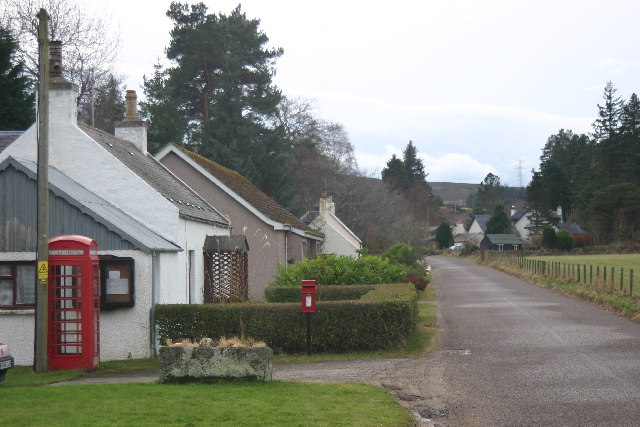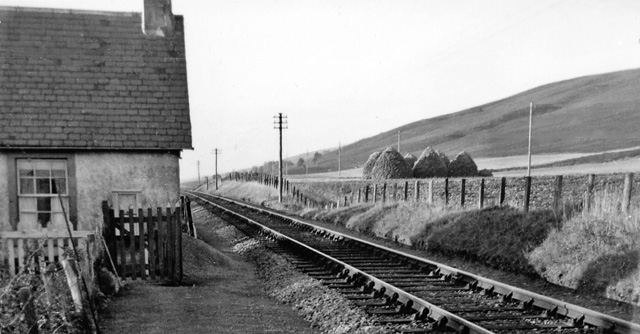Thieves Den
Valley in Morayshire
Scotland
Thieves Den

Thieves Den, located in Morayshire Valley, is a picturesque and historically significant landmark nestled in the heart of Scotland. This natural wonder is a hidden gem, surrounded by lush greenery and awe-inspiring mountains that captivate the senses and leave visitors in awe.
Thieves Den derives its name from the intriguing tales of thieves and outlaws who sought refuge in this secluded valley many centuries ago. Today, it has become a popular destination for nature enthusiasts, hikers, and history buffs alike.
The valley is characterized by its rugged terrain, with steep cliffs and cascading waterfalls that add to its dramatic charm. As visitors explore the area, they are greeted by an abundance of wildlife, including red deer, eagles, and otters, making it a haven for nature lovers.
In addition to its natural beauty, Thieves Den also boasts a rich historical heritage. Ruins of ancient castles and forts can be found scattered throughout the valley, providing glimpses into Scotland's turbulent past. These remnants offer a fascinating insight into the lives of the people who once called this valley home.
Visitors to Thieves Den can embark on various trails and paths that wind through the enchanting landscape, offering breathtaking views at every turn. The valley's tranquility and serenity make it an ideal spot for relaxation and contemplation, away from the hustle and bustle of modern life.
Thieves Den, Morayshire Valley, represents a harmonious blend of natural beauty and captivating history. Its unique charm and allure make it a must-visit destination, leaving visitors with memories that will last a lifetime.
If you have any feedback on the listing, please let us know in the comments section below.
Thieves Den Images
Images are sourced within 2km of 57.539939/-3.334541 or Grid Reference NJ2050. Thanks to Geograph Open Source API. All images are credited.






Thieves Den is located at Grid Ref: NJ2050 (Lat: 57.539939, Lng: -3.334541)
Unitary Authority: Moray
Police Authority: North East
What 3 Words
///mostly.finger.lakeside. Near Rothes, Moray
Nearby Locations
Related Wikis
Kellas, Moray
Kellas (Scottish Gaelic: Ceallais) is a village in Moray, Scotland. It is approximately 3 miles (5 km) northeast of Dallas on the B9010 road. The Kellas...
Birchfield Halt railway station
Birchfield Platform railway station, Birchfield Halt railway station or Birchfield Siding railway station served the rural area near Glen of Rothes House...
Coleburn railway station
Coleburn railway station served the area of Coleburn, Moray, Scotland from 1863 to 1926 on the Morayshire Railway. == History == The station opened on...
Moray (UK Parliament constituency)
Moray ( MURR-ee; Scots: Moray; Scottish Gaelic: Moireibh or Moireabh) is a county constituency of the House of Commons of the Parliament of the United...
Have you been to Thieves Den?
Leave your review of Thieves Den below (or comments, questions and feedback).













